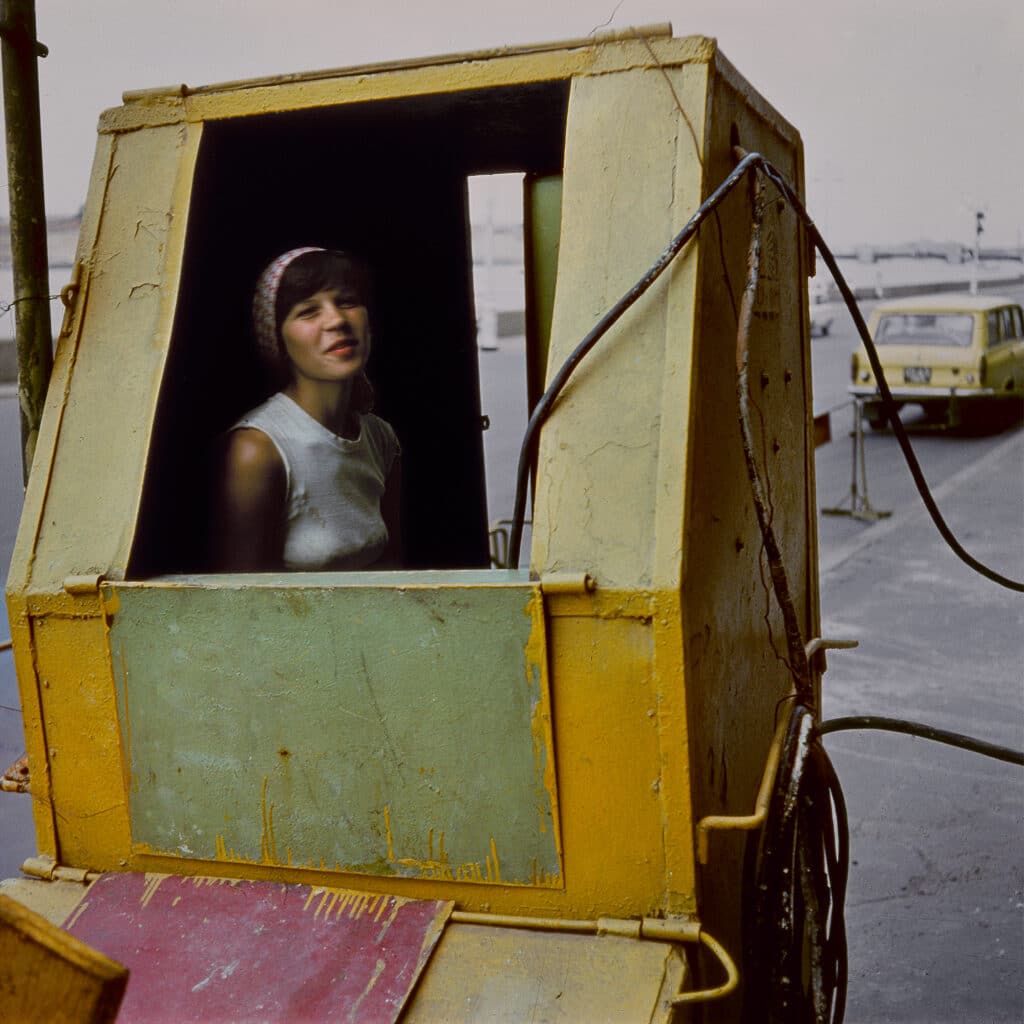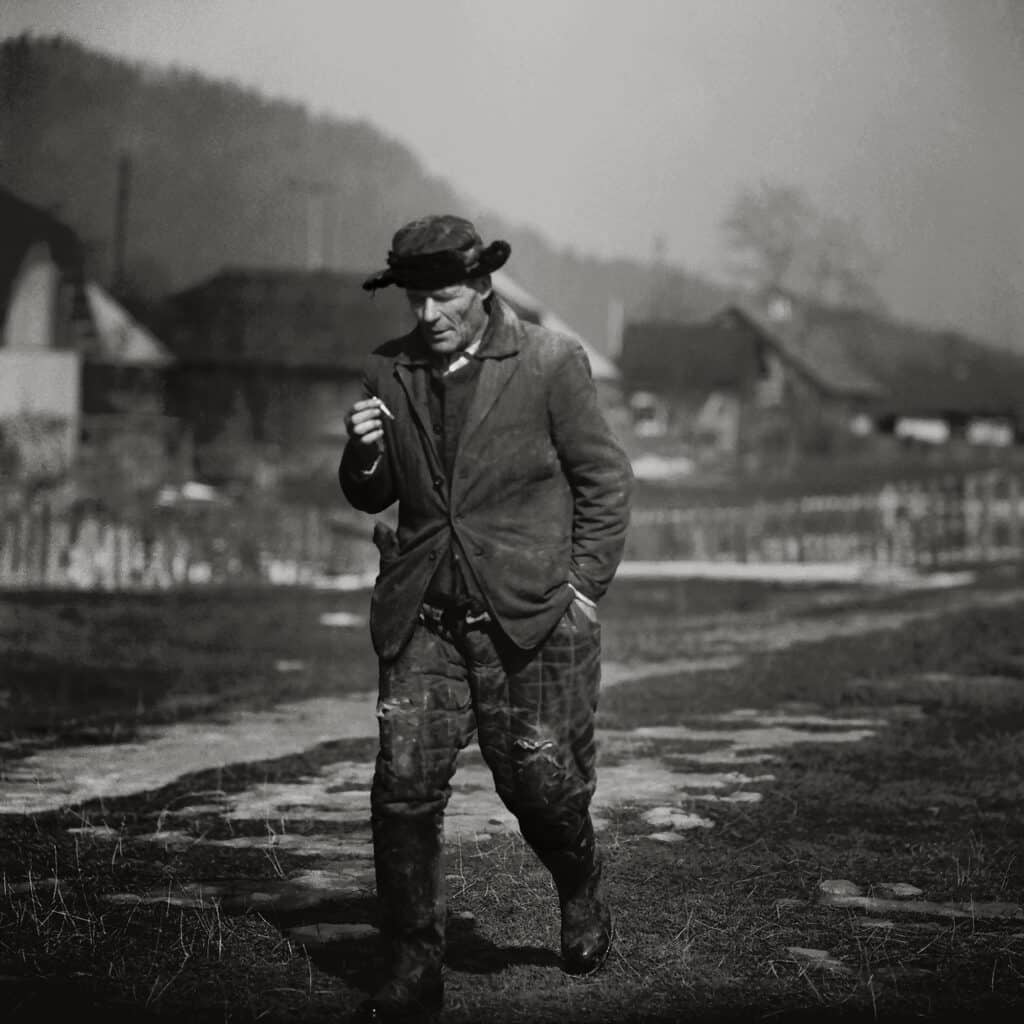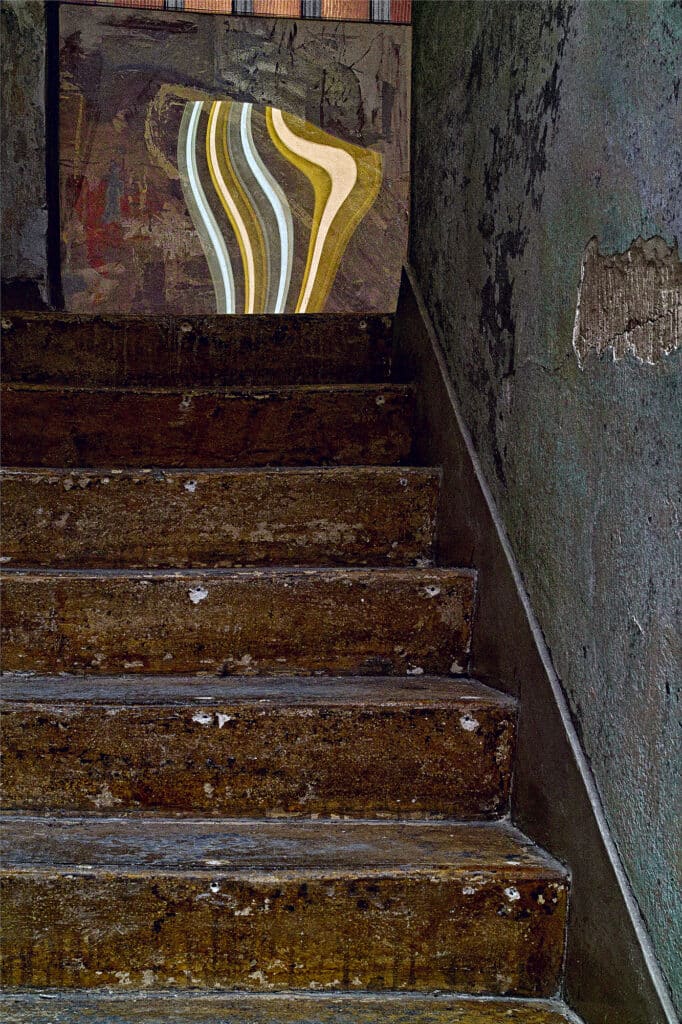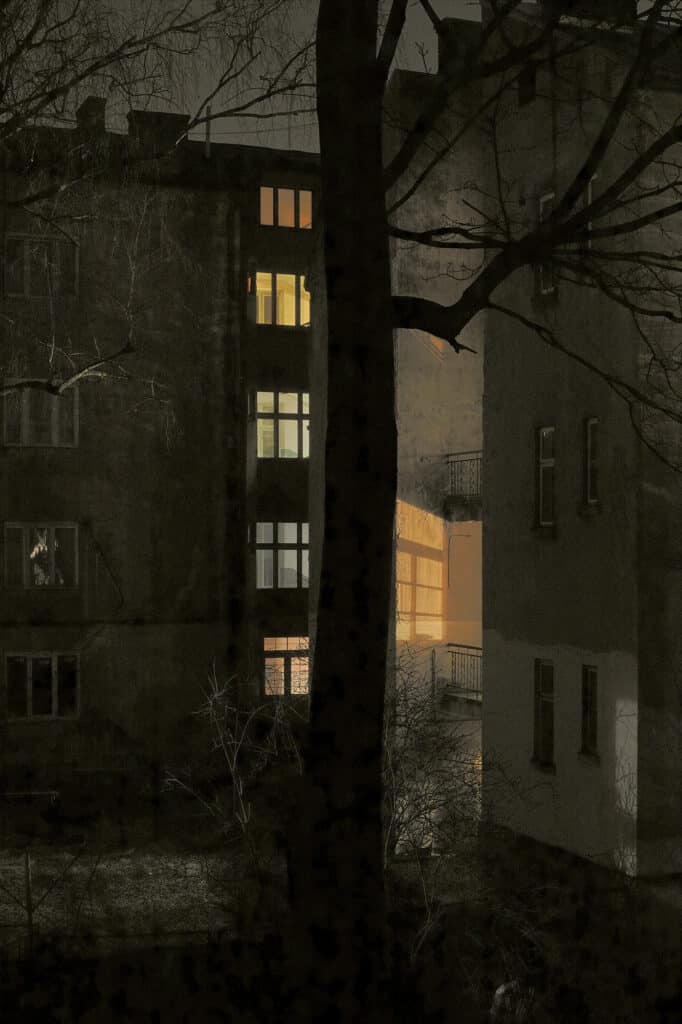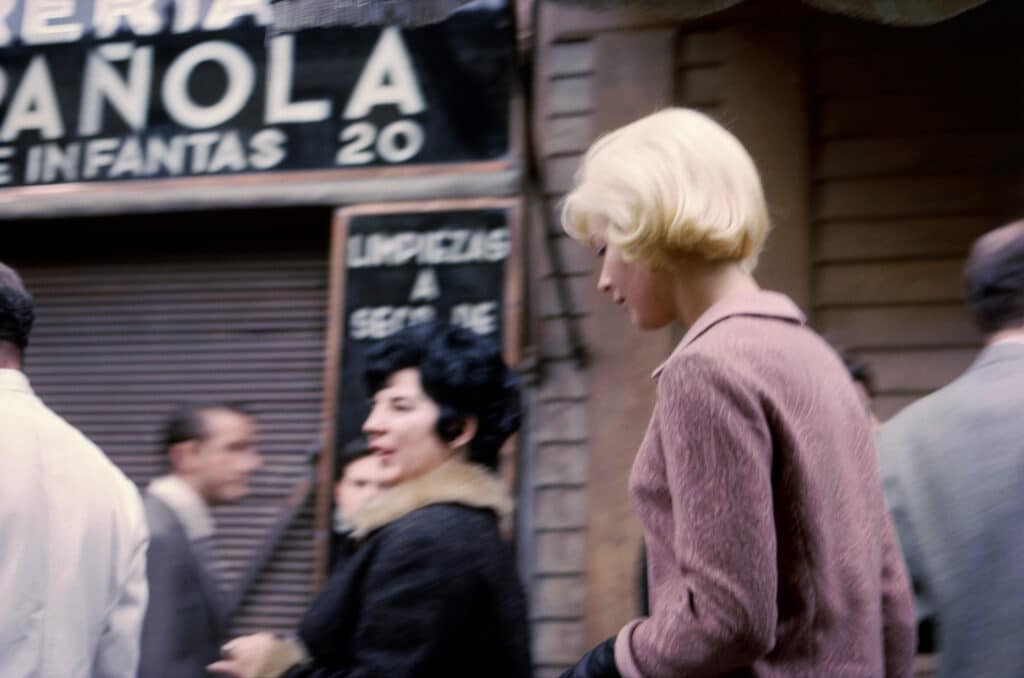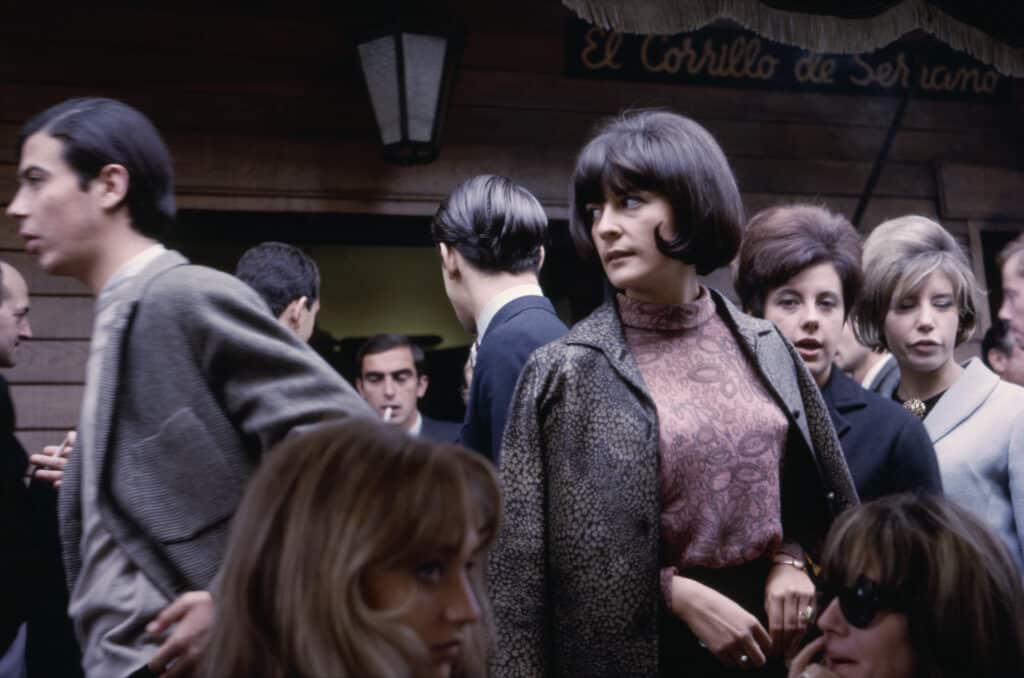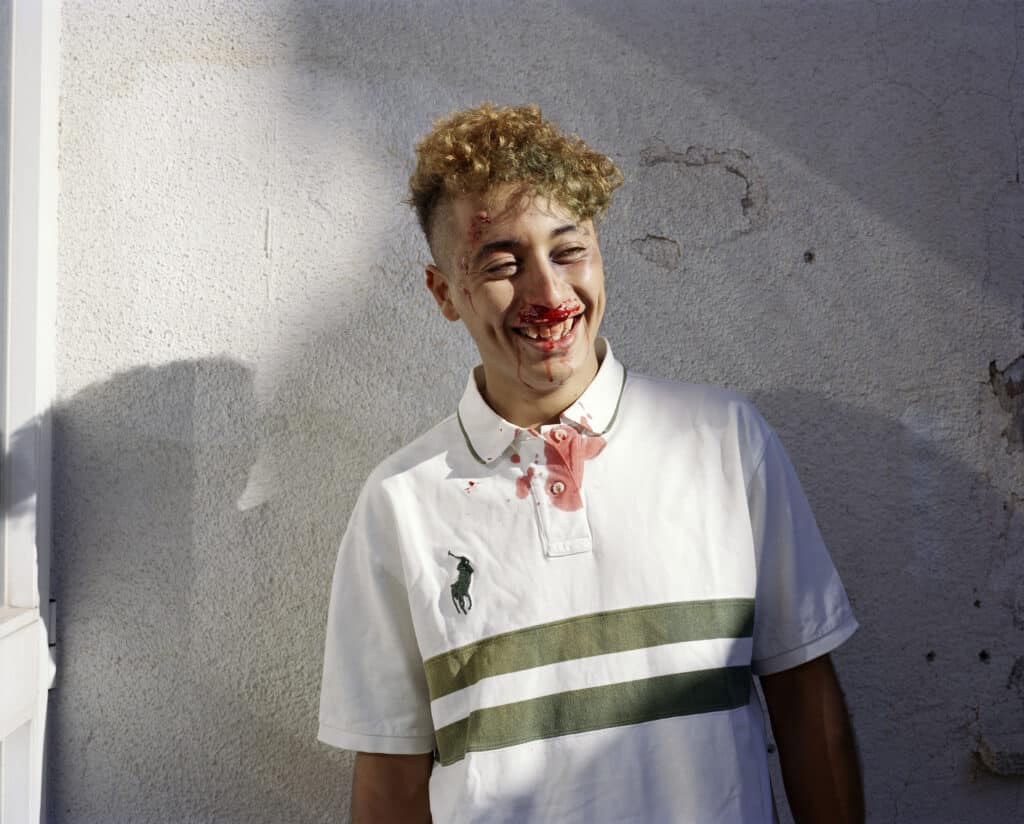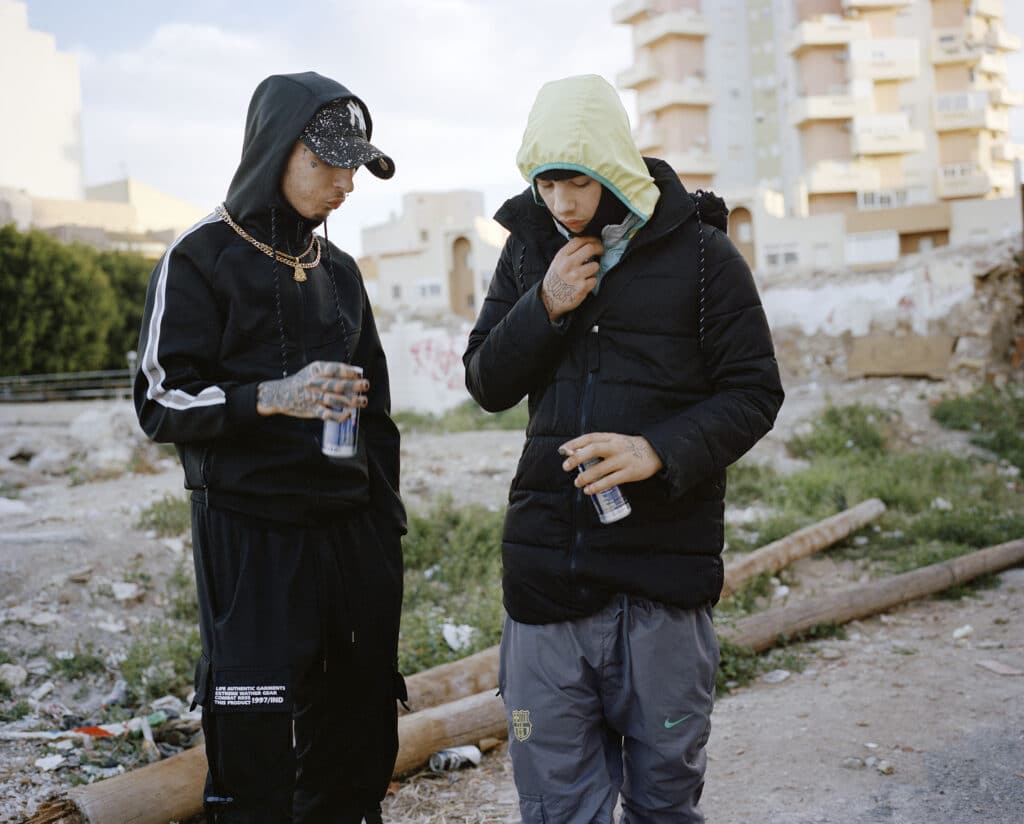This year marked a fresh era for Madrid’s annual PHotoESPAÑA. With new director María Santoyo at the helm, the festival is eager to tackle three main challenges: expanding artistic practices, connecting with new audiences, and nurturing debates around the future of photography. These aims resonate with its theme, ‘Perpetuum Mobile’. Motion and dynamism – of photography as a medium, and the artists behind the lens – ties a vast program of 84 exhibitions and 293 artists together. These range from photographers that captured social change, to artists that have crossed oceans, and those who apply new processes to free photography from its static and two-dimensional quality.
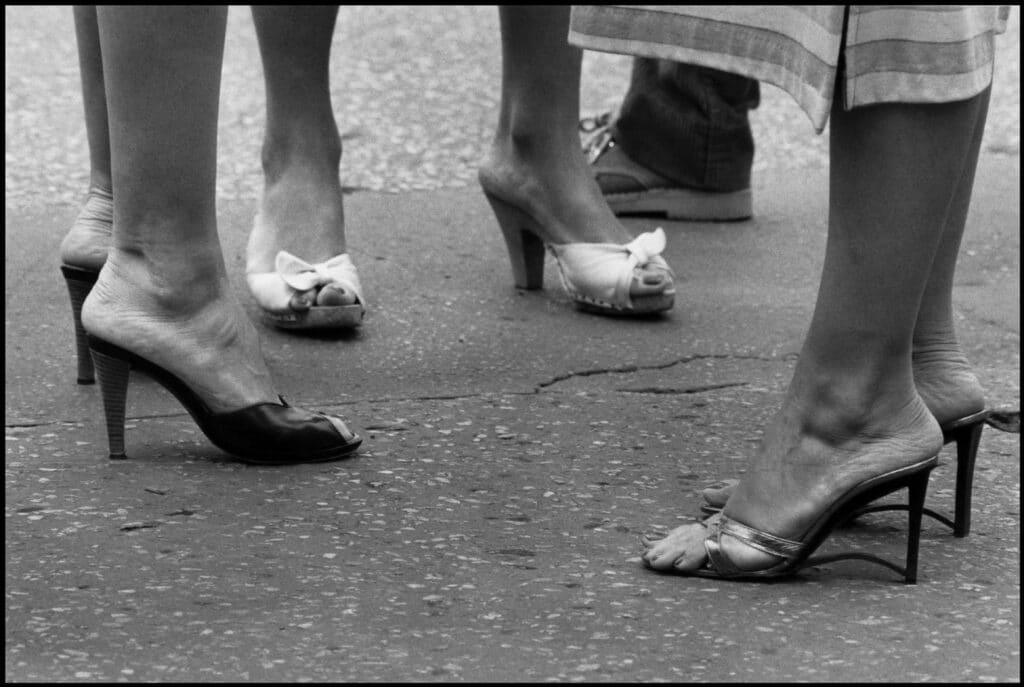
At the core of the program are a cluster of blockbuster shows, including a gigantic Erwin Olaf retrospective, a tender installation by up-and-comer Widline Cadet, plus a sprawling group show of 27 Spanish photographers that pushes the limits of photography. There are a number of brilliant exhibitions by some of documentary photography’s greats: Elliott Erwitt, David Goldblatt, and Masahisa Fukasa. But after touring the festival’s impressive venues – an opera theatre, a 19th-century palace, and the botanical gardens, to name a few – it’s the unsung photographers that stole the show.
Consuelo Kanaga is a forgotten pioneer of the Great Depression era. Born in 1894, she became the first woman photojournalist at any major newspaper, reporting for the San Francisco Chronicle. In the 1930s, she was associated with avant-garde groups like the f.64 in San Francisco, and the Photo League in New York. Over six decades, she documented social issues including urban poverty, labour rights, and the civil rights movement. Her oeuvre can be explored at Fundación MAPFRE, which presents the photographers first-ever European retrospective.
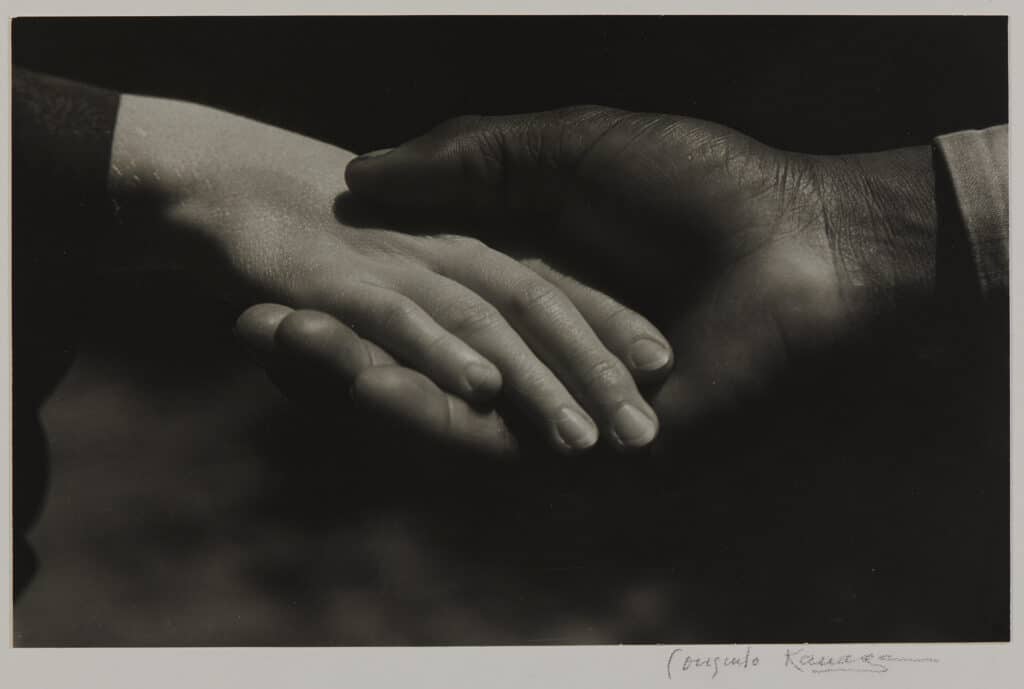
Kanaga broke barriers, but according to a report published in the New York Times in 1993, “she disdained wealth, fame and self-promotion, [and so] her transcendent images have never received the acclaim they deserve”. Kanaga has been overshadowed by her contemporaries – Alfred Stieglitz, Ansel Adams, Imogen Cunningham and Dorothea Lange, – but glimmers of her influence shine through the show. There is one striking untitled photograph from 1922, depicting a widowed mother embracing three children – a composition that surely inspired Lange’s Migrant Mother, one of the most famous photographs of the Great Depression era.
Despite her influence among peers and in the social movements she advocated for, Kanaga died virtually unknown in 1978. Exhibited in parallel to David Goldblatt’s retrospective upstairs, her portfolio sweeps across the institution’s ground floor – a rare opportunity to see through the lens of a humble trailblazer. As she said herself: “When you make a photograph, it is very much a picture of your own self. That is the most important thing. Many people try to be striking to catch the eye. I think the thing is not to catch the eye, but the spirit.”
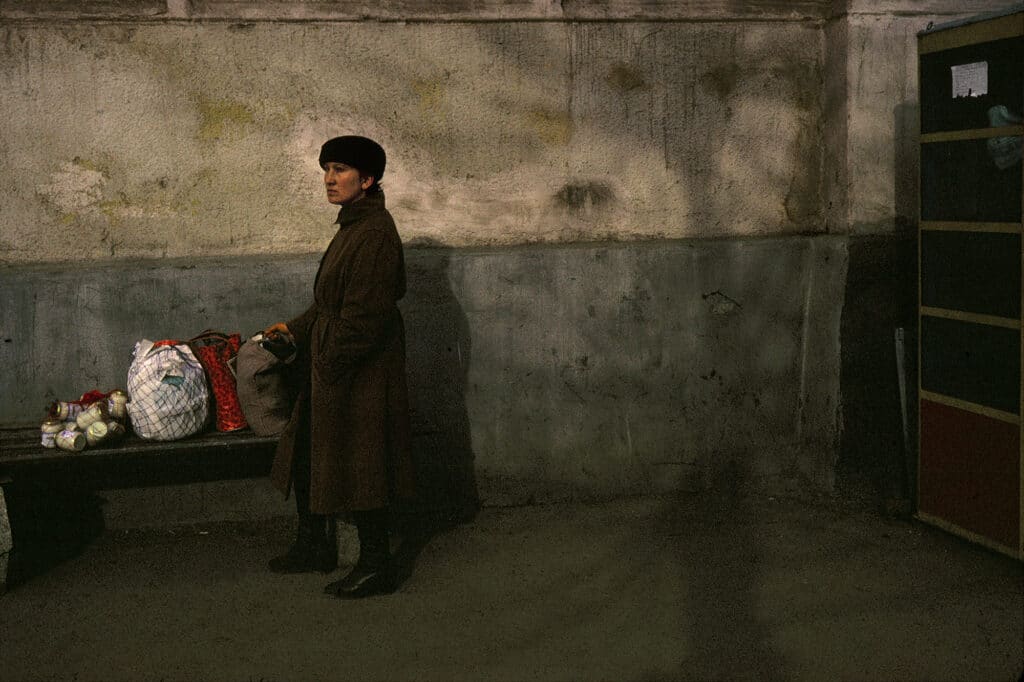
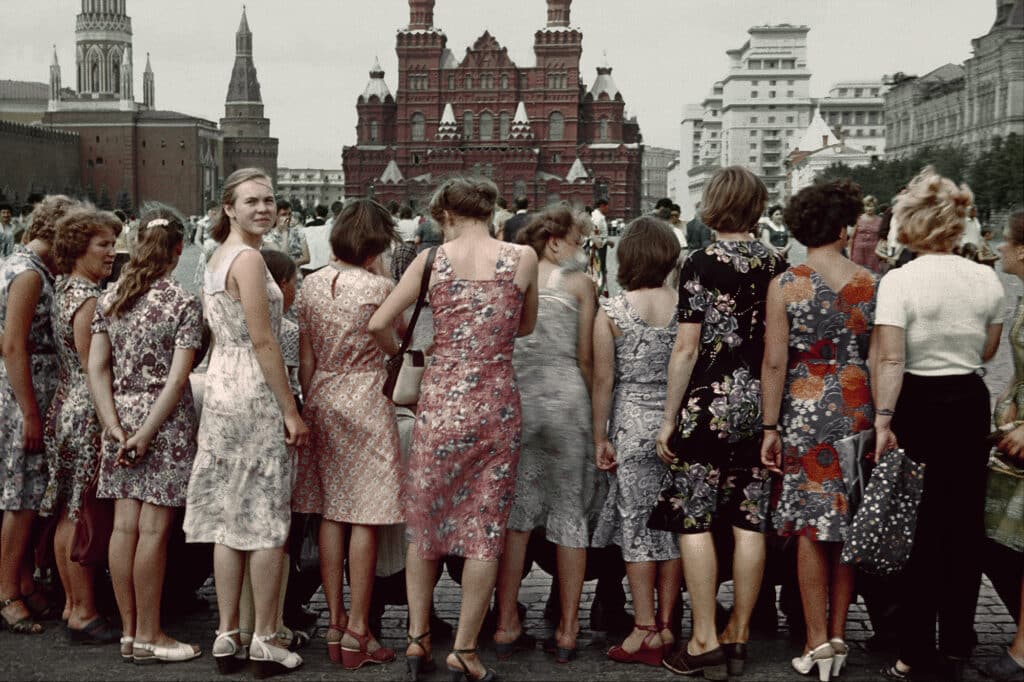
Adam Lowe, the curator of this show and Savelev’s printer since the mid-90s, explains that the photographer “doesn’t just take photographs, he makes them”. Savelev, who has lived in Northern Spain since the Russian invasion in 2022, is obsessed with technology, composition and light. From the camera he chooses, to the precise arrangement in his viewfinder, and meticulous layers in the printing process, “the materiality of the object is very important,” explains the curator. “There’s a quote by Oscar Wilde,” he continues, “‘We are all in the gutter, but some of us are looking at the stars.’ It seems very appropriate. So many of Boris’ images seem to be from the gutter, but actually they’re stargazing – they’re generous, and they’re giving.”
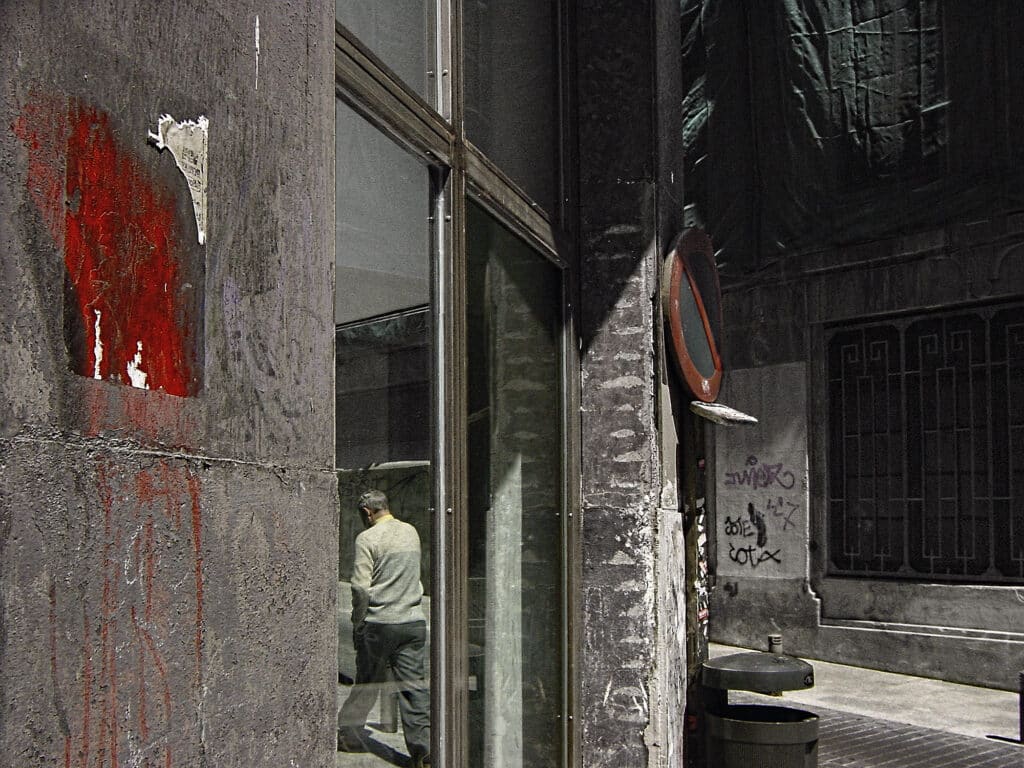
Perhaps the least-known photographer in the show, Gonzalo Juanes was a prolific documentarian of northern Spain. Born in 1923 in the port city of Gijón, Juanes became the Asturian torchbearer of the AFAL Group, the most significant collective of Spanish photographers in the 20th century. This is the first major display of his work, presented ten years after his death. Titled An Uncertain Light, it is organised meticulously across four storeys of an old water tower, a cylindrical journey through the light and shadows of a life dedicated to observation.
Juane photographed in black and white in the early years, but the 1960s marked a turning point in his career when he discovered the magic of Kodachrome. Juane became a pioneer in colour photography, resisting the snobbery attached to black and white photography to explore new possibilities. He photographed local festivals, urban landscapes and found objects with vibrancy and flair. Most notable is his portrait of the bourgeoisie on Madrid’s Calle Serrano in 1965.

Given the theme of the festival is rooted in movement, dynamism and the future, it feels terribly traditional to focus on an older generation of documentary photographers. These are the displays that moved people most, but beyond that are many bold and thought-provoking shows by contemporary artists. Lua Ribera’s hypnotic portrait of Spain’s trap scene, for example, and David Trullo’s fascinating investigation into a married couple’s found archive of sexual exploits. The main takeaway from PHotoESPAÑA? Photography is conscious and alive – it’s moving forwards, looking backwards, and constantly in conversation with itself and others. Director María Santoyo is already planning next year’s event. With a continued focus on diversity and alternative narratives, the result is sure to be thrilling.
PHotoESPAÑA is on view at various locations in Madrid until September 29, 2024. Visit the festival’s website for more information.

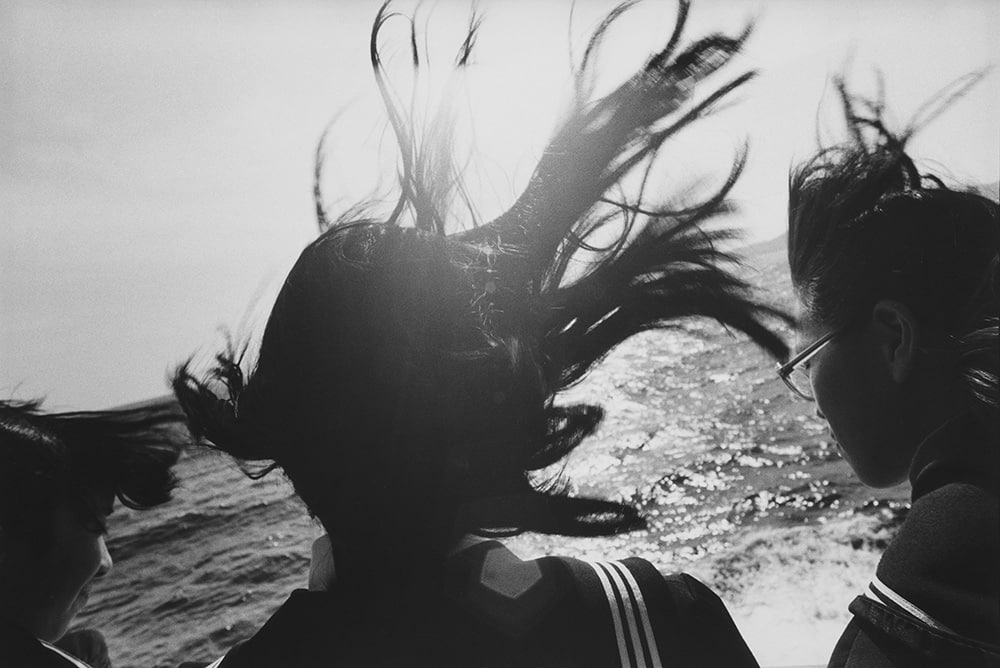
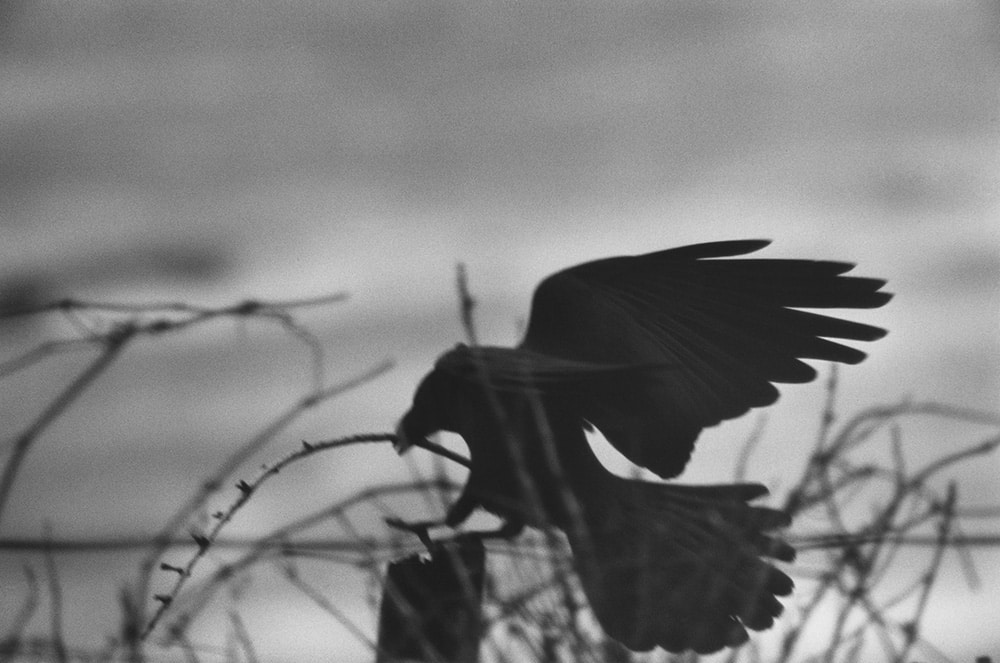
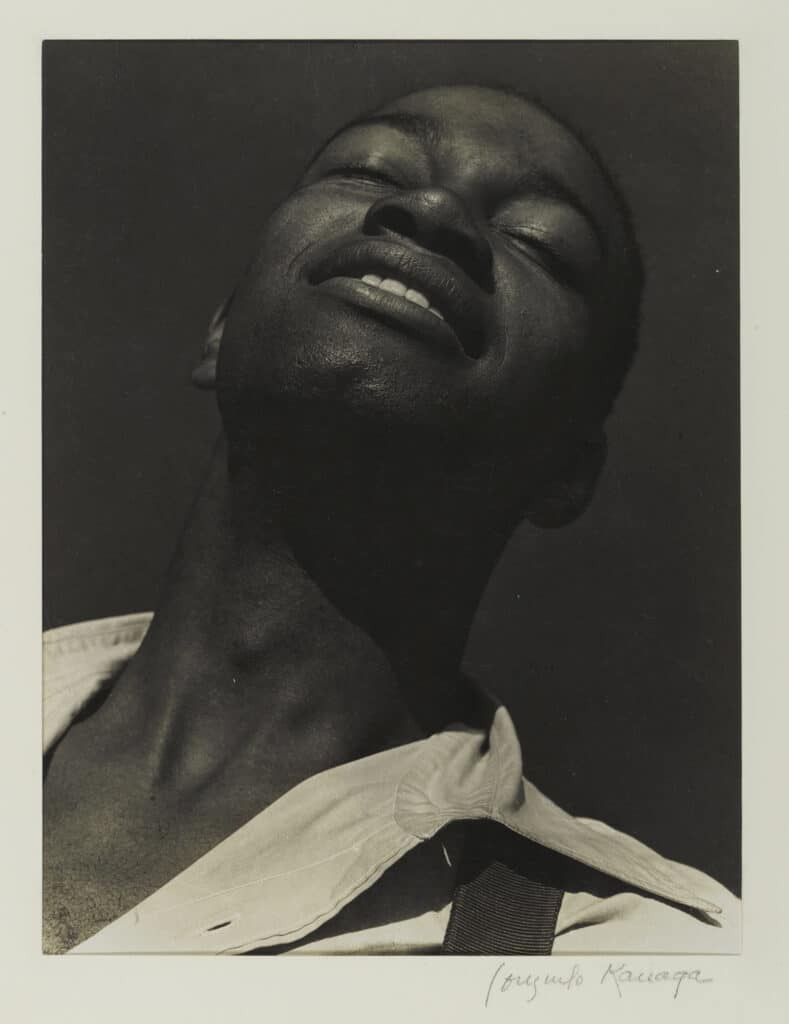
![Young Girl in Profile[Muchacha de perfil], 1948 © Consuelo Kanaga](https://www.blind-magazine.com/wp-content/uploads/2024/06/82.65.11-ps2-edited-copia-847x1024.jpg)
